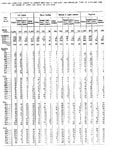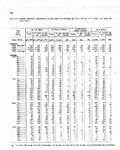FLYBOYJ
"THE GREAT GAZOO"
the lancaster kicks ass said:yeah but like i said the mossie was used to some extent as a strateigic bomber.........
How? It usually ran low and quick and attacked targets quickly chosen (airfields, ships, trains, things dynamic in nature). Now in a pathfinder or a post raid recon role for the heavies, I would agree.


